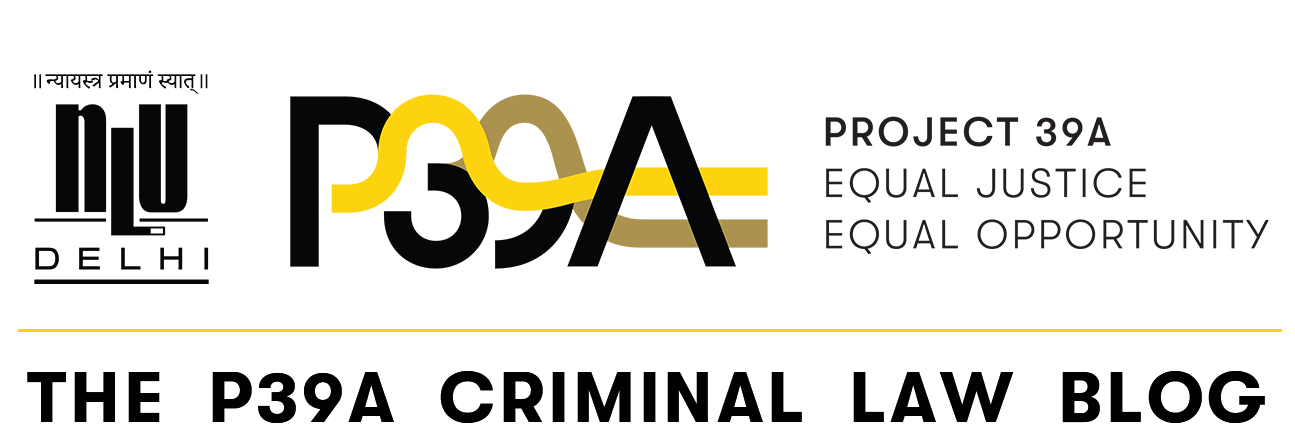The judgement in Vijay Madanlal Choudhary v. Union of India has created a situation where the State can arrest anyone without telling them precisely what crime they are supposed to have committed and where no court will be able to release them for an extended period. Differently put, history has repeated itself, and we have arrived back at ADM Jabalpur.
On 27 July 2022, the Supreme Court of India in Vijay Madanal Choudhary v Union of India, upheld the validity of various provisions of the Prevention of Money Laundering Act, 2002 (‘the Act’). Here is a summary of the findings and reasoning of the Court on key provisions of the Act.
On 27 July 2022, the three-judge bench headed by J. Khanwilkar upheld the constitutional validity of various provisions of the Prevention of Money Laundering Act, 2002. Through a series of articles and podcasts, we explain and explore the fallout of the judgment for money-laundering trials across the country as well as the criminal justice system at large.
This justification when viewed with reference to the definition of money laundering and wide list of predicate offences in the Act is lacking. Money laundering as a separate offence is best used to tackle criminal activity by organised groups involving large proceeds.
In the last ten years, the ED has recorded almost 5500 cases under the Act and more than Rs. 1,00,000 crores worth of property has been attached. On the other hand, only twenty three persons have been convicted under the Act since the ED took jurisdiction.
The law and the criminal justice system, we are told, is logical and dispassionate. There is no space in it for the emotions and vulnerabilities of its stakeholders. Consider the life of a ‘prisoner’; incarceration isolates them from everyday life and restricts their autonomy so severely as to be dehumanising. Coupled with the experience of being isolated from their loved ones, feelings of powerlessness, anger and humiliation are common.
Hrishika Jain and Prof. Aya Gruber discuss the carceral form of feminism’s engagement with sexual violence, its implications for victims and feminism’s own transformative goals, and the unfulfilled promise of the #MeToo movement as an alternative form of feminist politics.
India has had a long history of encounters as a tool for crime control. In Mumbai, for instance, the infamous ‘encounter squad’ was used to tackle violent organised crime in the late ’90s. The Supreme Court (‘SC’) appointed panel headed by Justice Sirpurkar in its recent report found the encounter by the Telangana police of the four accused in the rape and murder of a 26-year-old veterinarian in 2019 to be “concocted” and the cops involved, guilty of murder.
In this article, I do not attempt to critique the legal reasoning behind the verdict. Instead, I try to understand what the ruling did after its pronouncement, particularly upon receiving loud coverage in the media. While the event was remembered in various media forms including news websites, newspapers, and social media platforms, this piece will focus on its coverage in mainstream television news channels.
Shruthi speaks to Prof Tassé about what intellectual disability is, who can diagnose it, the evolution of jurisprudence on Intellectual disability in the US and the challenges associated with presenting Intellectual Disability in court in the Indian context.


